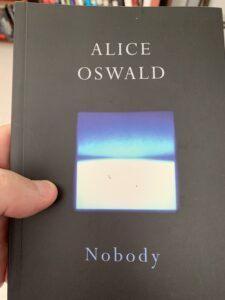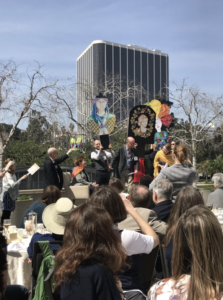In the middle of the disorienting fall term of 2020, I signed a contract for a new book project that will keep me occupied for the next many months. I’m very excited about this book, as the term “blue humanities” seems to be splashing around so many discourses and practices in so many places. I’ll have more to say about the project here at the Bookfish, and other places, but I wanted to announce the project first, and also ask a small favor of the #bluehumanities gang.

As I get started on the book, I am hoping to reach out to some #bluehumanities people around the world to see what they think, write, create, teach, and do with the term.
Here’s a link to my Blue Humanities Survey.

I’m hoping to be suprised by some of the things I hear back!





















